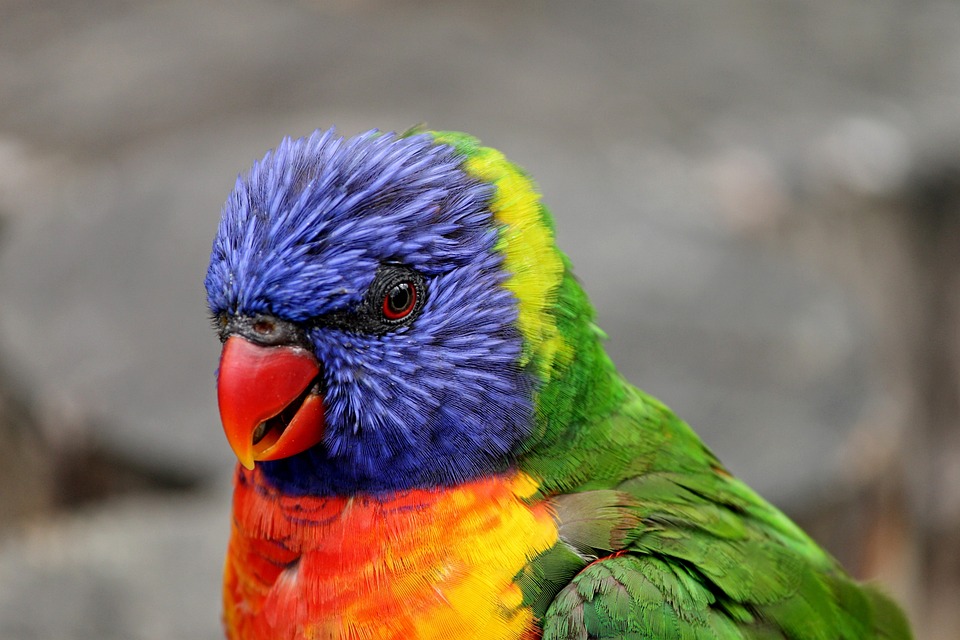Parrots are known for their high intelligence and sociability, making them ideal candidates for training. Teaching them to respond to hand signals or gestures not only provides entertainment but also strengthens the bond between parrot and owner. In this article, we will explore effective techniques to encourage parrots to respond to hand signals or gestures, providing you with a step-by-step training guide. Additionally, we will address some common questions and concerns related to this training method.
To begin training your parrot to respond to hand signals or gestures, it is crucial to establish trust and bonding. Spend quality time with your parrot, engaging in activities that they enjoy. This will help build trust and create a strong bond, making the training process smoother and more effective.
Start with simple commands that are easy for your parrot to understand and execute. Commands such as “step up” or “wave” are great starting points. Once your parrot grasps these basic commands, you can gradually introduce more complex gestures or signals.
When selecting hand signals or gestures, choose ones that are distinct and easy for your parrot to recognize. Consistency is key, so use the same signals consistently to ensure clarity and avoid confusion. Additionally, pair each signal with a verbal cue to reinforce the association between the gesture and the desired behavior. For example, say “step up” while extending your hand for the command.
Positive reinforcement is crucial in training parrots. Reward your parrot with treats, praise, or their favorite toy whenever they respond correctly to a hand signal or gesture. This encourages them to repeat the behavior and reinforces the training.
As your parrot progresses, gradually increase the difficulty of the gestures or signals. This keeps their training engaging and stimulating, preventing boredom or plateauing in their learning.
Consistency is key in training parrots. Set aside regular training sessions, preferably at the same time each day, to reinforce their learning and maintain progress. Remember to be patient and understanding during the training process, as each parrot learns at their own pace.
Now, let’s address some frequently asked questions about training parrots to respond to hand signals or gestures.
Q: Can any parrot species be trained to respond to hand signals or gestures?
A: Yes, most parrot species are highly trainable and can learn to respond to hand signals or gestures. However, the learning pace may vary depending on the individual bird’s intelligence and temperament.
Q: How long does it take to train a parrot to respond to hand signals or gestures?
A: The training duration varies based on the parrot’s individuality, previous training experience, and the complexity of the commands. Some parrots may learn basic commands within a few weeks, while others may take months to master advanced tricks.
Q: Are there any specific hand signals or gestures that work best for parrots?
A: There are no universally specific signals or gestures for parrots. However, it is recommended to choose gestures that are distinct, easily visible, and comfortable for you to perform consistently.
Q: What if my parrot does not respond to the hand signals or gestures?
A: Remain patient and continue practicing. Ensure that you are using positive reinforcement and providing enough motivation for your parrot to respond. If needed, consult a professional parrot trainer or behaviorist for additional guidance.
Training parrots to respond to hand signals or gestures requires patience, consistency, and positive reinforcement. By investing time and effort into this training method, you can enjoy a stronger bond with your feathered companion and witness their remarkable intelligence unfold.









